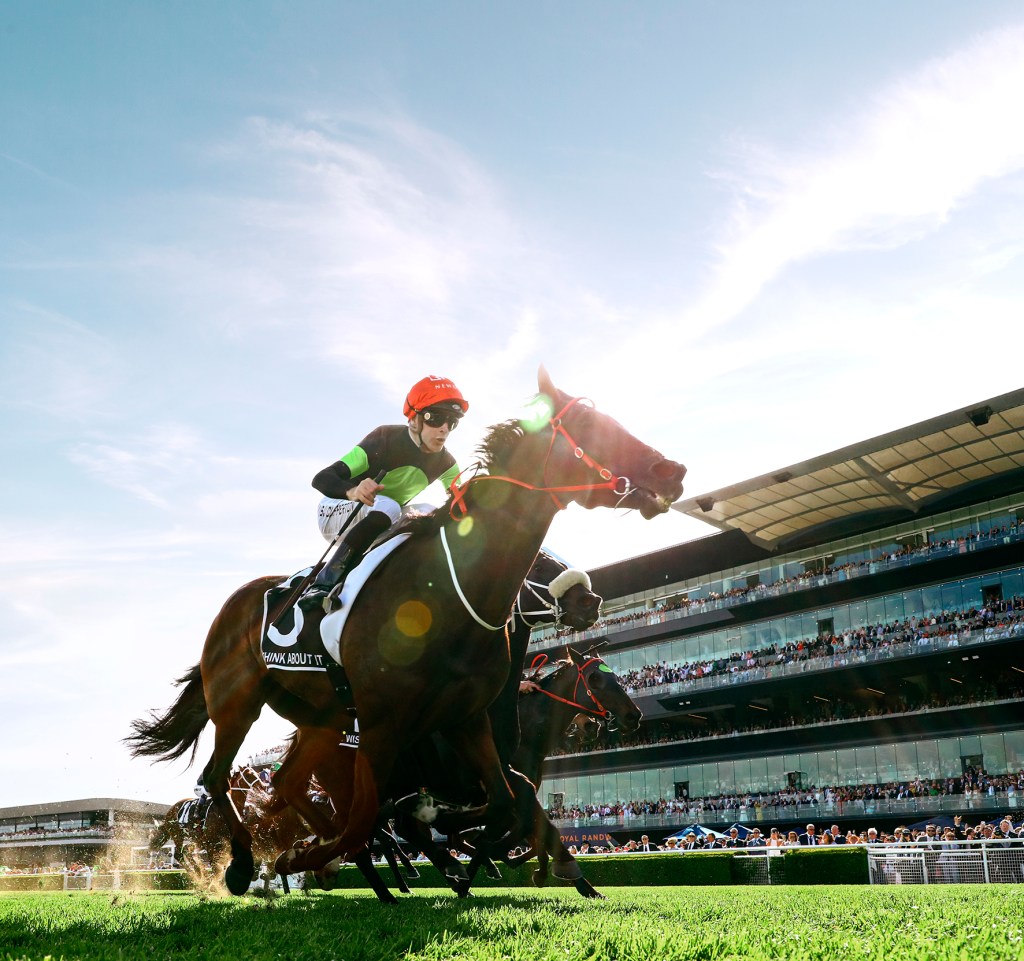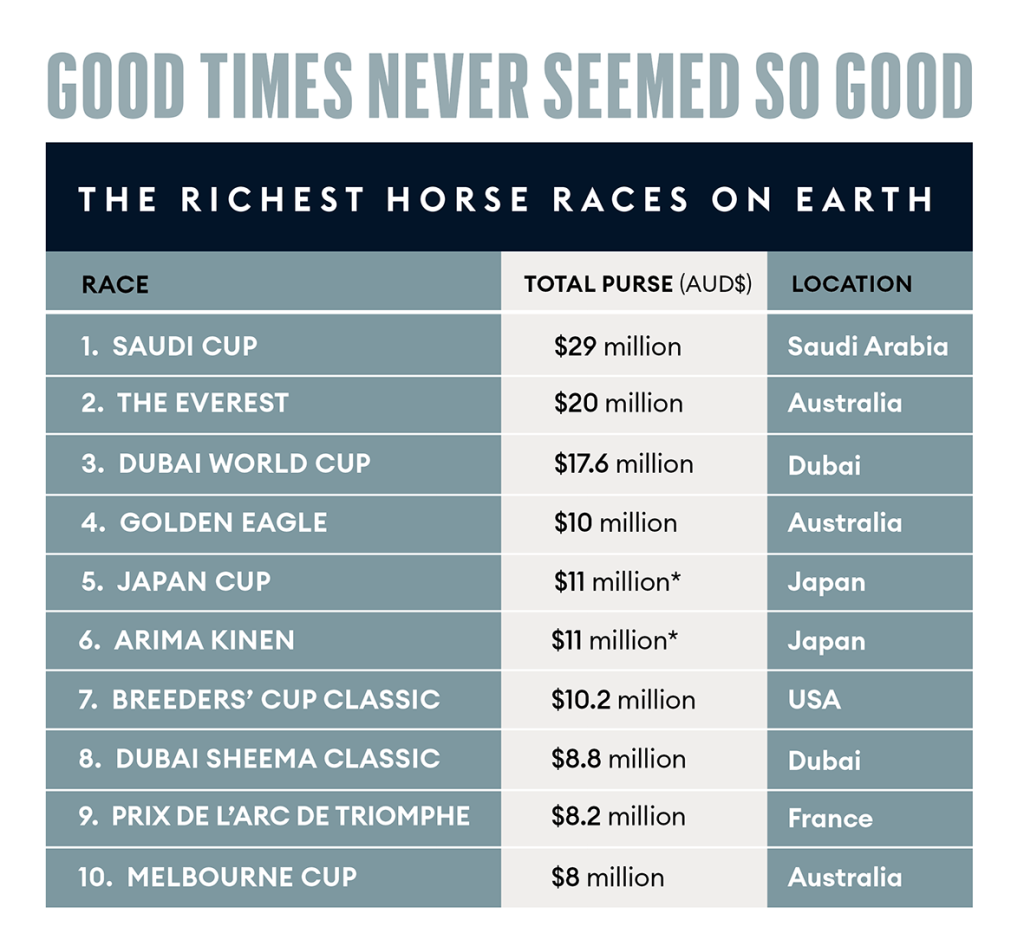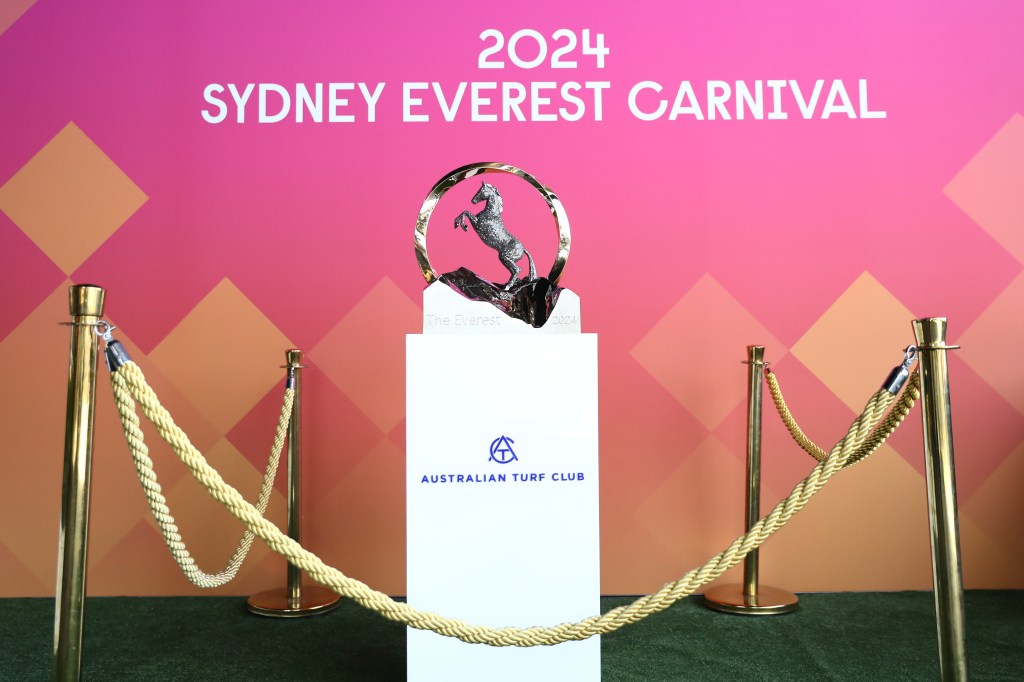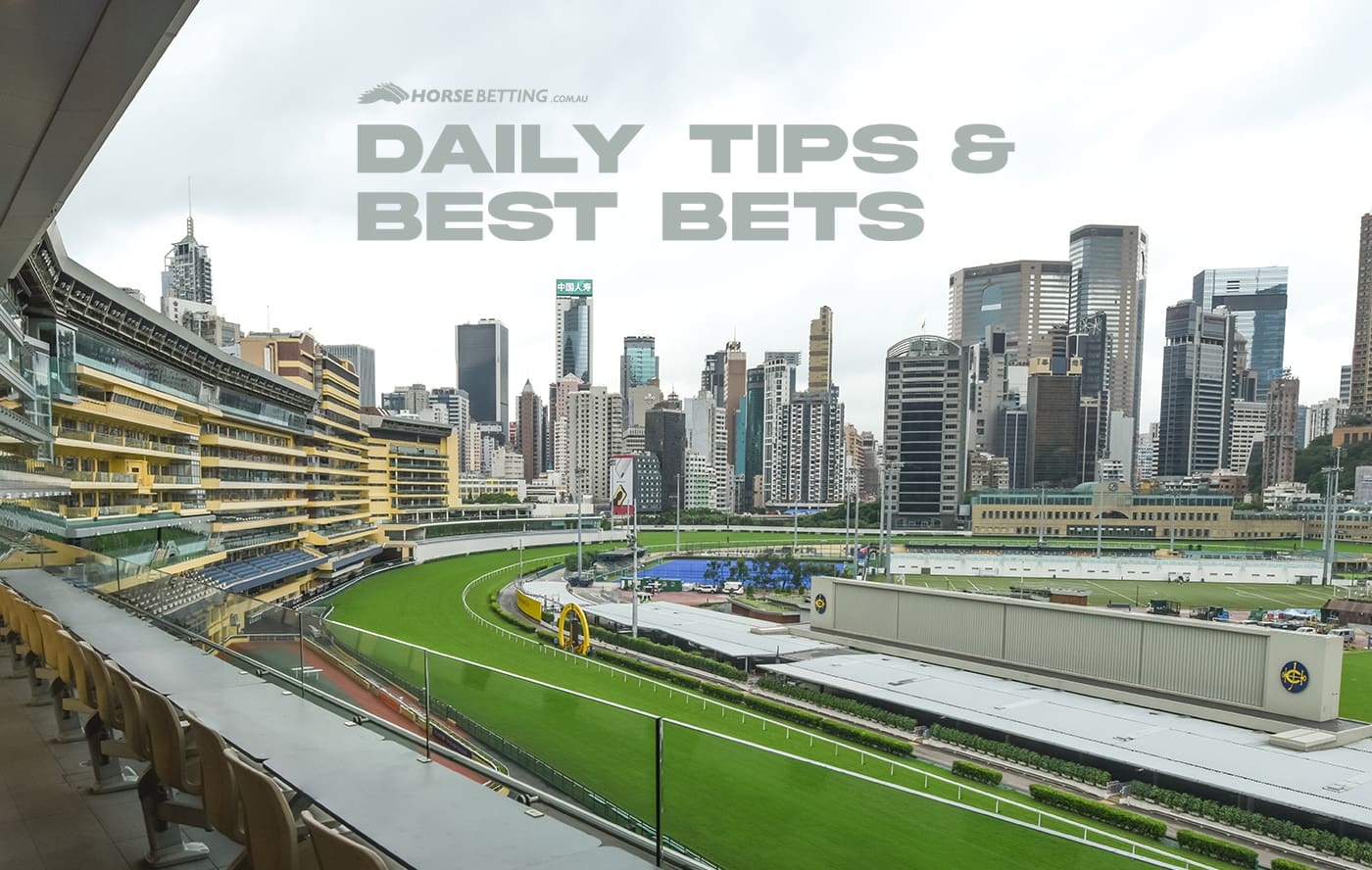Inside the Everest: Turf’s richest race

- by Admin
- October 15, 2024

The highlight of Spring racing in Australia has long been Victoria’s Melbourne Cup. But Randwick’s TAB Everest race is champing at the bit to take that crown. Stewart Hawkins talks to a leading breeder and one of the world’s largest sports betting companies to get their take on how this race – the brainchild of Racing NSW’s Peter V’Landys – has come so far so fast.
Issue 13 of Forbes Australia is out now. Tap here to grab a copy or tap here to become a Forbes member.
The EVEREST explained
- Sprint race, run over 1,200m
- 12 starters
- Slots (starting positions) are purchased on a three-year basis, originally sold for $600,000 the price has now risen to $700,000.
- Slot owners have the right to renew after the three-year period.
- According to the Australian Turf Club the slot owner has the right to “nominate their own horse, sell their slot or deal with the owner of another horse to share the prize money.”
IN THE BUCOLIC rolling hills of NSW’s Upper Hunter Valley, arguably Australia’s premier thoroughbred breeding country, there’s a recently purchased, 800-acre property that’s going to be called “Everest”.
Newgate Stud’s boss Henry Field bought the land with the proceeds from having a share of a slot which fielded the winning horse in last year’s Everest race – an event with a total prize pool of $20 million which makes it the richest turf race on the planet. Hence the name of the new digs.
The winning horse – a gelding, “Think About It” – was born and raised on Field’s property adding to the sweetness of the victory.
The story of the rise of the Everest certainly contains an element of “follow the money” – only Saudi Arabia has a richer race and that’s on dirt – but it’s also the narrative behind the race, the fact that it plays to Australia’s strength in breeding sprinters and the way it unabashedly appeals to younger race goers that has contributed to its success.
Despite, or perhaps because of, its meteoric rise since its inception in 2017, the Everest event has been part of the catalyst for a, let’s say, until a recent détente, bumpy relationship between the NSW and Victorian peak racing bodies. There’s also the potential status of the Everest as a Group 1 race which remained unconcluded at the time of going to press.
Spring racing was seen as Victoria’s chance to shine and the big Sydney events were left for the autumn. Effectively this meant not only small er field sizes in NSW during that time because trainers would go to the Cox Plate, Caufield Cup and Melbourne Cup, and take multiple horses with them, but the punters would follow.
To compete with that, Racing NSW needed to find not only something with “sex appeal” – akin to the 100m at the Olympics – it also had to suit the local horses.

According to Racing NSW its bid to create an “event for the next generation” seems to be succeeding, claiming an average of 74% of general admission attendees have been under the age of 35. The new $46 million Winx stand, opened a couple of years ago also helped improve the punter experience at the Royal Randwick venue.
Henry Field is adamant that part of the success of the Everest is because the horses that are winning are mainstream Australian horses.
“They’re horses that racing fans in Australia have known their whole lives and followed since they were two-year-olds,” he says.
“The Melbourne Cup was a race that, when we all grew up, we knew all the horses. They became Australian icons and legends.
“Now it’s very unusual for an Australian horse to actually take it out. I’m in the industry, it’s what I do every single day, and I don’t know half the horses in the [Melbourne Cup]. There’s no way that the average person is going to know. Whereas you go to the Everest, these are horses that’ve raced in Australia season after season, race after race, Group 1 after Group 1.
“Peter V’Landys, had an unbelievable hunger to make this race work. I spent quite a bit of time talking through the concept with him and we didn’t necessarily like it, and we didn’t take a slot initially because I didn’t like the mathematics on it. But I was wrong because it’s been such a success and the prize money’s increased from $10 million to $15 million, now to $20 million.
“From a breeding industry point of view, Australian farms aim to breed the best sprinters in the world. If you breed the Everest winner, you’ve literally bred the best sprinting horse on
the planet.”
Lachlan Fitt – CFO & Deputy CEO at Entain Australia & New Zealand whose brands include neds and Ladbrokes – maintained that normally a new race takes a long time to build traction from a betting perspective. However, he says the Everest was designed to be a very deliberate cut-through-type event and as such, the impact followed. The Everest became the fourth largest turnover race of the year, significantly impacting the wagering landscape.

“We hold around about four to four and a half million [dollars] on the race, which is still well short of something like the Melbourne Cup where we would hold in the order of 14 to 15 million, probably a bit more than that actually,” he says.
“It’s still a long way short of the Melbourne Cup, but when you compare it to something like a Golden Slipper, which has been around for a long time and has got a great history, the Everest is holding double what we would hold on something like a Golden Slipper and most other Group 1 events.”
As far as Fitt is concerned the two marquee races serve different purposes.
He maintains the Melbourne Cup has the history and it’s an integral part of the Australian racing culture but over time the breeding sector here has focused on the 1200 metres to a mile style of horse.
“We have bred less stayers and therefore the vast majority of the horses running in the Melbourne Cup, [are] the horses that are trained and owned offshore, or are recently imported horses that aren’t as familiar to punters as something like the Everest field,” he says.
“The Everest has very quickly taken over the narrative all year round because we’re seeing these horses race six, seven, eight times a year.
“The Everest this year [will] run on the 19th of October. On the 20th of October, we’ll already be talking about who the Everest slot runners could be for the 2025 race.
“I think it is true that punters love consistency, and they love something that they’re familiar with. To that end, it does create a better narrative, but the Cup has the history and still gets those casual once-a-year customers engaged in it.

Will this year’s Everest see even bigger turnover than last year? Probably not according to Fitt.
“At the moment, the biggest factor that’s influencing [betting] turnover is cost of living pressures, interest rates, lack of disposable income.
“The turnover on the Everest this year will almost certainly be less than last year, but that’s no reflection on the race,” he says.
Forbes Australia’s inaugural 30 Under 30 list is out now. Tap here to see the full list.
Look back on the week that was with hand-picked articles from Australia and around the world. Sign up to the Forbes Australia newsletter here or become a member here.
The Latest News
-
January 6, 2025Tomic back in Australia trying to qualify for the Open
-
January 6, 2025Top cricket bosses set to discuss radical two-tier system
-
January 6, 2025Tomic, Hewitt caught up in Australian Open chaos
-
January 6, 2025Cricket’s historic summer fuelled by growing diaspora’s influence
-
January 6, 2025Ranking Movers: De Minaur earns top-eight seed for Australian Open 2025



